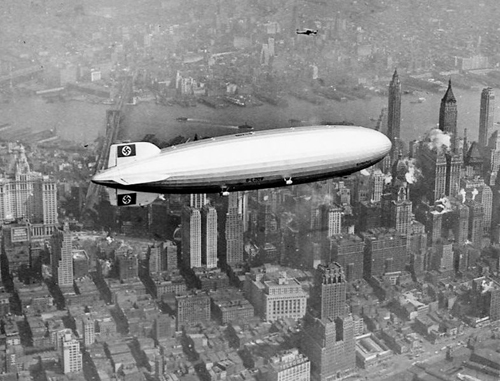Rigid airships were developed in the early 1900s.
In Germany, Hugo Eckner was instrumental in popularizing airship travel.
In 1924, Eckner commanded the airship Los Angeles during its flight across the Atlantic Ocean.
Encouraged by the success, he was responsible for building the even bigger airship Graf Zeppelin.
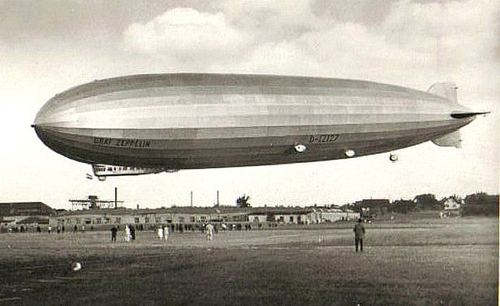
Beginning in 1928, the Graf Zeppelin regularly flew from Europe to North and South America.
Related Article – 5 Best Low Time Pilot Jobs With 250 Hours
Eckner even flew the airship around the world and took it to the Arctic for a polar exploration.
In 1929, Great Britain reentered the dirigible airship industry and built the R-100 and R-101.
However, neither proved to be a success.
The R-100 got caught in a storm over the St. Lawrence Seaway during its maiden voyage to Canada.
Its pilot almost did not manage to return the airship to England.
The R-101 was scheduled to make its maiden voyage to India.
Shortly after its departure, it became clear that the device responsible for the distribution of ballast water did not work properly.
Because of this, the airship was forced to fly at a very low altitude.
While flying over Beauvais, France, the R-101 struck a church steeple and exploded.
Its passengers were severely burned.
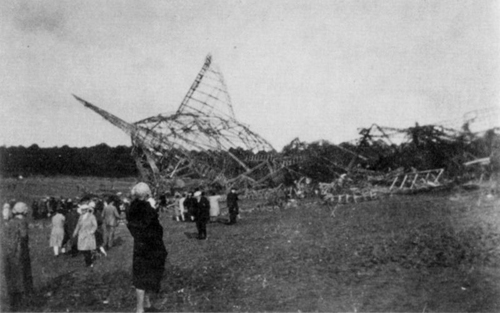
Consequently, Britain completely scrapped its airship industry.
The accidents did not deter the Americans, however.
Related Article – Instrument Proficiency Check (IPC): 4 Things You Need To Know
The U.S. Navy ordered two airships and wanted them to be the largest ever built.
The airship ZRS-4, christened the Akron, was completed in August 1931.
It was nearly 800 feet, or 244 meters, long and had a capacity of 6.5 million cubic feet.
The plan was to use the Empire State Building as a docking station; however, tests showed this to be unfeasible.
Nevertheless, promotional materials showed the airship docked at the then-tallest building in the world.
On April 3, 1933, the Akron crashed into the Atlantic Ocean off the coast of New Jersey and quickly sank.
Seventy-seven crew members died; only three survived. They had to swim up from under the wreck to save themselves.
The Navy’s second airship, the Macon, was smaller than the Akron and but also faster.
It could travel at 85 miles, or 137 kilometers, per hour.
On February 12, 1935, the Macon crashed into the Pacific Ocean during a storm it encountered while on a practice flight.
This time, however, all but two crew members survived the crash.
While the Naval Court of Inquiry ruled that neither the Akron’s nor the Macon’s crash was caused by structural problems, Congress suspended the airship program.
No other dirigible aircraft were built in the U.S. until after World War II.
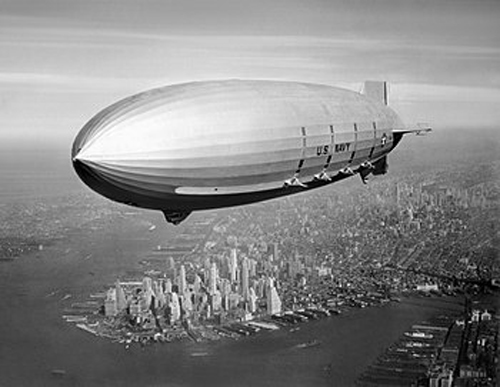
When Adolf Hitler took over Germany, he did not think of airships as having either commercial or military value.
Herman Göring, head of the Luftwaffe, agreed.
Related Article – Airline Transport Pilot Certificate (ATP): 4 Things You Need To Know
Propaganda Minister Josef Goebbels began using Germany’s two existing airships, the Graf Zeppelin and the Hindenburg, for propaganda and espionage purposes.
In 1936, the two dirigibles frequently traveled across the globe, and they were on display during the 1936 Summer Olympics in Germany to intimidate foreign athletes.
The Hindenburg was a newly launched luxury airship that was first put into service in March 1936.
When the United States banned the export of helium to Germany, engineers began to use hydrogen to fuel the airships.
Beginning in 1936, the Hindenburg flew regularly from Berlin, Germany, to New York City.
On May 6, 1936, the Hindenburg was approaching Lakehurst, New Jersey.
As the airship was waiting for the wind to die down in order to be able to dock at the mooring tower, a sudden explosion rocked the dirigible.
The explosion became the focus of many hours of investigation and speculation.
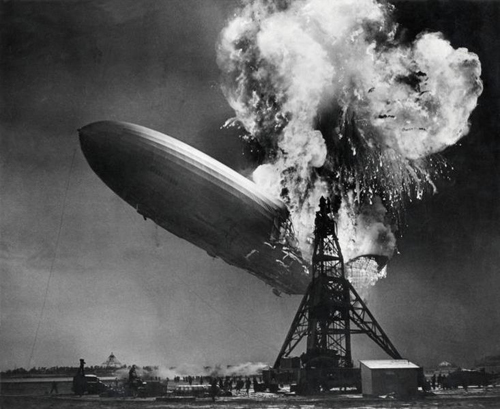
Many eyewitnesses, most notably the reporter Herb Morrison, later described how the airship was quickly engulfed in flames and then crashed to the ground.
The phrase ‘Oh, the humanity!’ succinctly described how bad the disaster was to radio listeners.
There were 97 passenger onboard the Hindenburg.
Related Article – 12 Runway Markings and Signs Explained By An Actual Pilot
Thirty-six of them died, among them 13 civilians who had paid to make the voyage.
The Zeppelin Company’s premier pilot, Ernst Lehmann, survived the explosion and crash, but died a few hours later in a hospital.
Before his death, he speculated that the explosion had been caused by a shot from the ground.
Most newspapers published a photograph that made it seem as if the airship had crashed into the mooring tower.
Therefore, many people thought that a spark of static electricity caused the hydrogen to explode.
But after examining all photographic evidence, it became clear that the Hindenburg was still a distance away from the tower when it exploded.
The ground lines, which would have been used to tie the Hindenburg to the mooring tower, can be seen dangling from the airship’s nose in some pictures.
Ultimately, it was determined that the paint used on the Hindenburg contained an explosive mixture.
The explosion was caused by the static electricity in the air due to the weather.
The Nazis organized grand funerals in New Jersey for the victims.
They argued that the catastrophe could have been averted if the United States had lifted the embargo on helium exports to Germany.
The Secretary of the Interior Harold Ickes finally agreed to sell helium to Germany, but before the helium could be picked up by Germany, Hitler annexed Austria and Ickes blocked the sale.
Ickes was pressured to allow the sale of helium to Germany right until the country invaded Poland.
When war broke out, Germany dismantled its airships and used the materials for building aircraft instead.
The country also shut down the airship factory in Friedrichshafen and leveled the airship hangars in Frankfurt—which was something Allied forces had wanted to do since World War I.
Related Article – 14 Taxiway Markings, Signs, and Lights Explained By An Actual Pilot
This was the end of the airship era.

